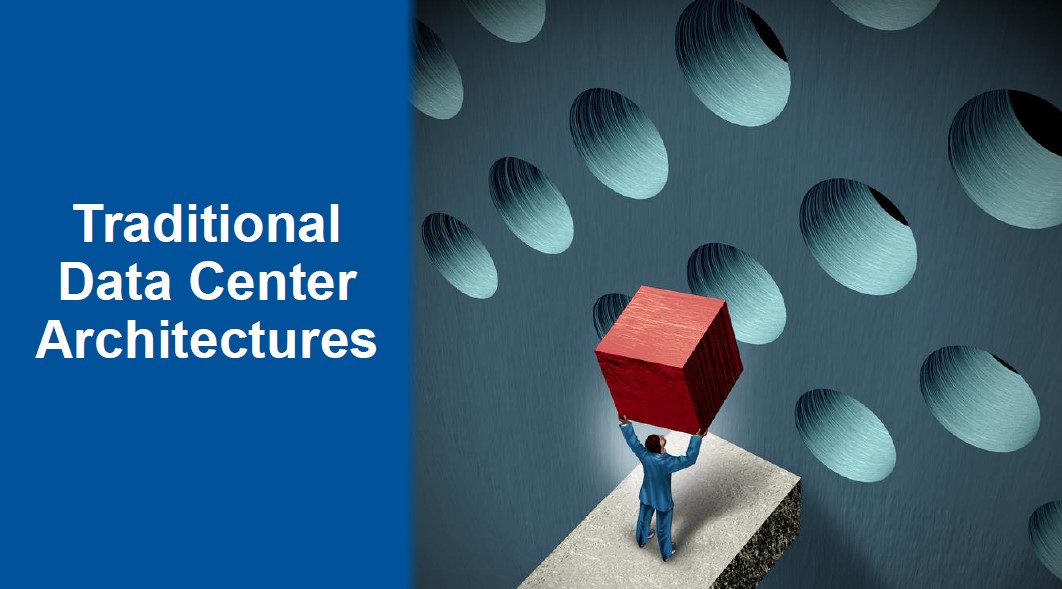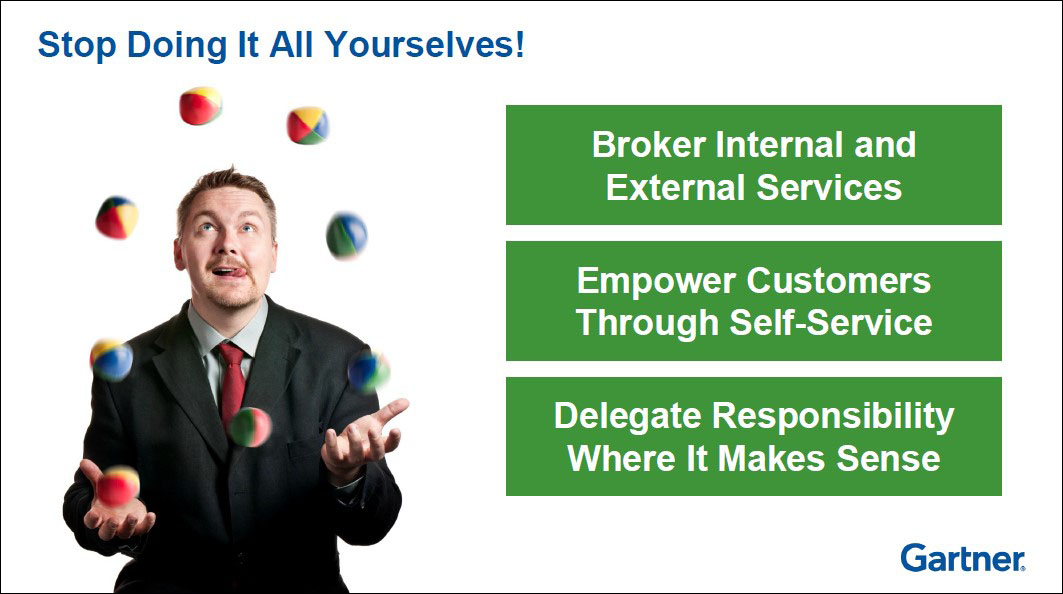Gartner Data Center Conference – Key Takeaways on Enterprise-Defined Data Center
 Last week, the research analyst firm Gartner hosted its largest conference focused on the data center. In a series of blogs I’ll be writing over the next few weeks, I’ll recap some of the key takeaways from the sessions I attended.
Last week, the research analyst firm Gartner hosted its largest conference focused on the data center. In a series of blogs I’ll be writing over the next few weeks, I’ll recap some of the key takeaways from the sessions I attended.
Gartner kicked off the event with a keynote entitled “The Journey to a Best-in-Class, Enterprise-Defined Data Center Starts Now.” Delivered by analysts David Cappuccio and Thomas Bittman, this session talked about the major shift IT must take in how it delivers IT resources.
Among the more powerful concepts for IT ops staff to focus on:
Let it go. Don’t think in terms of “my data center” – think in terms of finding the best way to deliver computer power to the business. When you pair up the idea that the data center isn’t in your control anymore with the struggle that IT can’t keep up with business, it’s clear IT needs to rethink data center architecture.
Focus on the app, not the infrastructure. Data center folks have spent a long time living in the plumbing world, but it’s the app’s requirements that should be dictating the infrastructure. Here at ScaleArc, we see this dichotomy played out all the time. When we talk to ops folks, they focus on app uptime – when we talk to DBAs, they focus on database uptime. Sometimes, those DBAs think uptime is solved by database failover – they forget or don’t realize that failover at the database layer takes down the app. What's really needed is app-transparent database failover.
Cloud is not a strategy – it’s a tactic. This line got so many heads nodding at the conference – it’s clear lots of ops folks are getting “cloud” shoved down their throats. But it’s also clear that the need to run “bi-modal IT” means that cloud is an essential infrastructure element. By “bi-modal,” Gartner means that some of IT needs to run in Mode 1 – slow, process driven, highly reliable – and some must run in Mode 2 – more experimental, faster dev, faster failures. Mode 2 will often demand the elasticity of the cloud to succeed.
 Invest in adding value, not competing with other available services. Here the analysts talked about focusing on what IT is uniquely able to contribute to the business vs. trying to do it all in-house. Again, here at ScaleArc, we’ve encountered both of these philosophies. We’ve seen that the more Web 2.0 type of companies often have a DIY (do it yourself) mentality – where it’s a point of pride to build as much in house as possible. The more enterprise type of companies, on the other hand, are focused on the end product – the “what” of the business result – not the how, and they appreciate leveraging the ScaleArc abstraction software to avoid a bunch of busy work.
Invest in adding value, not competing with other available services. Here the analysts talked about focusing on what IT is uniquely able to contribute to the business vs. trying to do it all in-house. Again, here at ScaleArc, we’ve encountered both of these philosophies. We’ve seen that the more Web 2.0 type of companies often have a DIY (do it yourself) mentality – where it’s a point of pride to build as much in house as possible. The more enterprise type of companies, on the other hand, are focused on the end product – the “what” of the business result – not the how, and they appreciate leveraging the ScaleArc abstraction software to avoid a bunch of busy work.
Build an enterprise-defined – vs. a software-defined – data center. The analysts contended that a software-defined data center is focused on instrumenting the pipes. IT instead needs to focus on how to “meta manage” all the different providers and services the business needs. So IT needs to tie together traditional data centers, private cloud, hybrid cloud, and public cloud as the plumbing and then add value by focusing on
- aggregation – such as pulling different departments’ use of the same outside server into a single, lower bill
- customization – maybe in the form of changing the language of a tool to make it easier to use for parts of the organization in different
- integration – enabling different services to talk to each other
- governance – tracking usage, for example, so the business is extracting more value out of the resources it’s already paying for
Change the perception of IT to change the reality. By adding value in these new ways, IT can change how it’s viewed, shifting from “IT slows or weighs us down” to “IT is accelerating innovation and protecting the enterprise.”
How does IT get going on such a major shift? Gartner recommends starting small, with one willing business partner, and building a tiger team of influential infrastructure and ops, architect, and developer folks to incubate these new approaches. But you’ve got to start now to get IT on the path to building this new data center architectural approach.
Where is your organization on this journey? Are you already living by these codes of conduct in your business? What results are you seeing? Share your perspective in our comments section.
comments powered by Disqus
